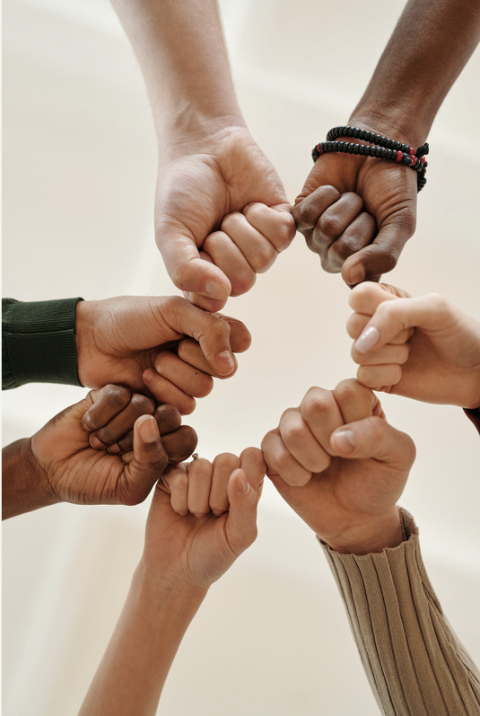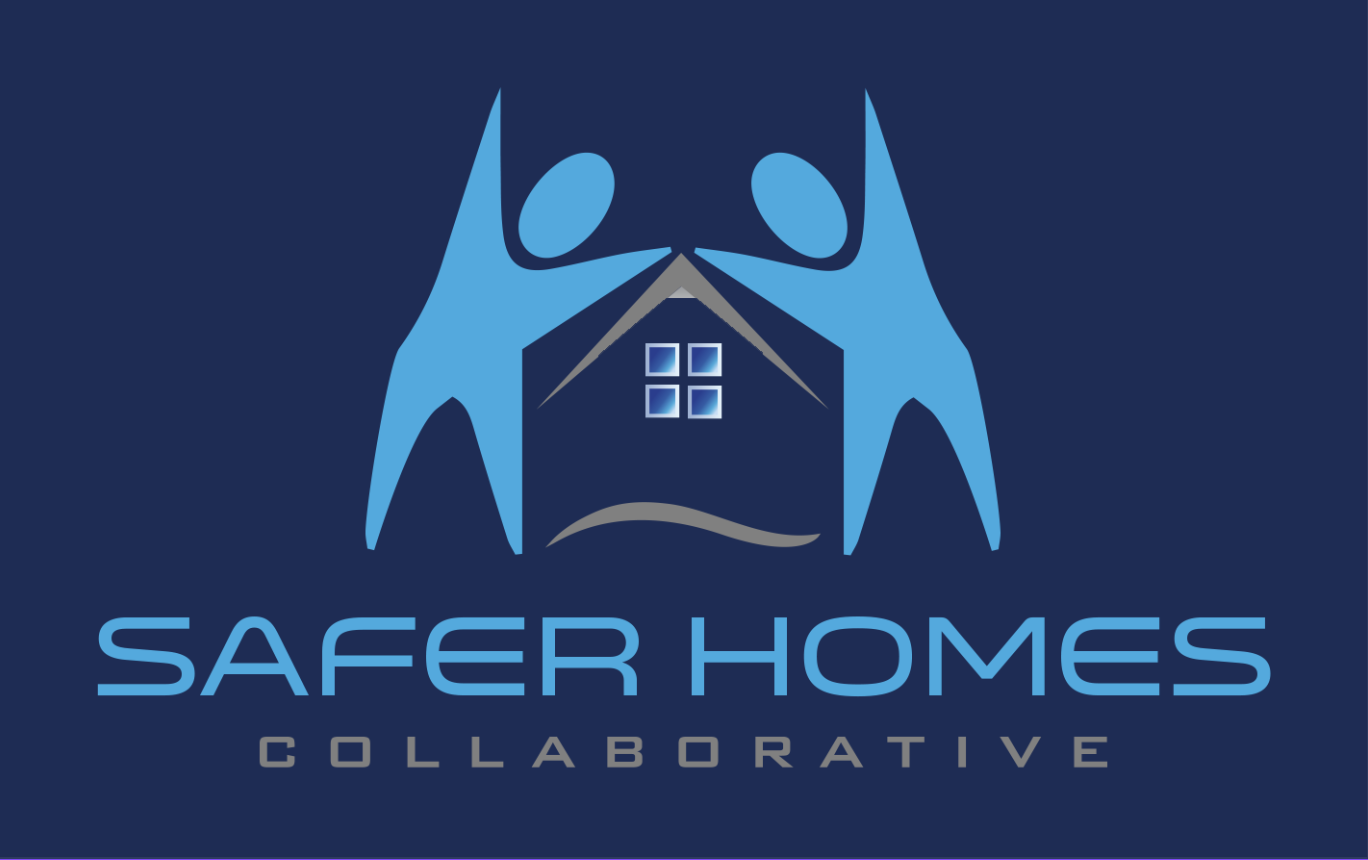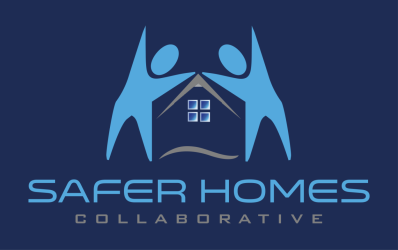About us
Inspired to help bridge the gaps in suicide prevention.
Who we are
The Safer Homes Collaborative is a joint effort between the firearm-owning community and the suicide prevention community to raise awareness that suicide can be prevented through safe firearm storage.
Research has shown that putting time and distance between the person at risk for suicide and a firearm can save a life. Temporarily storing firearms away from home may save a life. Friends and family, gun shops, shooting ranges, or the police may provide safe storage until the situation improves.
Currently, the Safer Homes Collaborative has expanded to reach out beyond firearm-owning organizations to other populations who need education and resources to address firearm safety, safe storage, and firearm suicide prevention. These populations include service members, veterans, and their families, employers and employees in major industries and occupations at highest risk for suicide, faith-based organizations, and first responders. Suicide prevention trained field coordinators who are also part of the firearm-owning community are employed to establish relationships and engage these populations in firearm suicide prevention.
A large piece of engaging the populations involves offering trainings such as Conversations for Suicide Safer Homes (CSSH), Question. Persuade. Refer. (QPR), and Construction Working Minds free of charge. CSSH was adapted from Counseling on Access to Lethal Means (CALM) by the Safer Homes Collaborative to guide the general public in having the difficult conversation around suicide plans and access to lethal means. It teaches that putting time and distance between a person going through a crisis and the deadliest and most easily accessible means could save a life. Anyone can register for a virtual CSSH training here.
History
The Safer Homes Collaborative was first established in 2018 to implement a suicide prevention education program for owners and staff at gun shops, shooting ranges, and other organizations in frequent contact with firearm owners. Using the aforementioned approach, field coordinators used their training and expertise to establish relationships, engage in conversations about preventing firearm suicide by reducing access to firearms or increasing safe storage, provide resources and materials for distribution in their organizations, and offer trainings to owners and their staff.

With better plans to stay safe.

